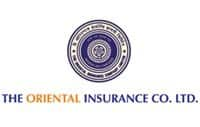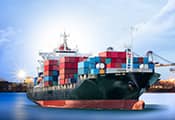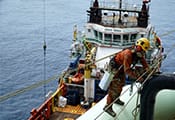Understanding Transit Policy
Transit policy is a specialized form of insurance designed to safeguard goods and commodities while in transit, whether by land, sea, or air. It provides coverage against a range of risks. This includes theft, damage, fire, accidents, and natural disasters.
The sum assured in transit insurance represents the maximum value that the insurance company will reimburse in the event of an insurable loss. Deciding on an appropriate sum assured requires careful assessment of several factors.
Factors Influencing the Sum Assured in Transit Insurance
-
Nature and Value of the Goods
The type of goods being transported and their total value greatly impact the sum assured. High-value items such as electronics or luxury goods require a higher coverage amount to adequately protect against potential losses.
-
Distance and Destination
The distance travelled and the final destination also plays a role in determining the sum assured. Longer journeys and destinations with higher risk profiles may require increased coverage due to extended exposure to potential hazards.
-
Packaging and Handling
The quality of packaging and handling practices during transit significantly impact the risk of damage or loss. Fragile or delicate items may require extra protection and, subsequently, a higher sum assured.
-
Previous Loss History
Insurance companies may consider the past loss history of the insured party when determining the sum assured. A higher number of previous losses or claims could lead to higher premiums or limited coverage options.
Learn more about Marine Insurance
Conclusion
Deciding the sum assured in transit insurance is a crucial step in safeguarding the goods against unforeseen risks. To obtain adequate coverage, it is important to take some factors into consideration. These include the nature of the goods, mode of transportation, distance and route, insurance premiums, contractual obligations, and seeking expert advice. An accurate sum assured provides peace of mind, and financial security. It ensures the ability to recover from potential losses during transit.


































 Expert advice made easy
Expert advice made easy


